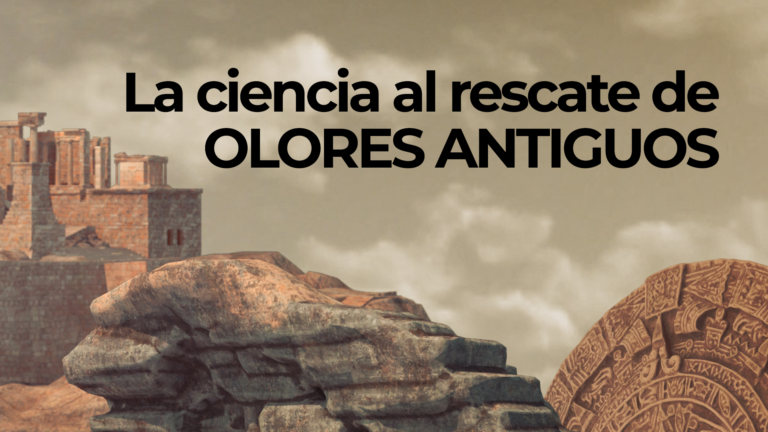Through a combination of different traces of the past, a group of scientists seeks to discover the smell of other years.
Have you ever wondered what Egyptian cities smelled like, or what scents fascinated the ancient Greeks, or perhaps what were the characteristics of perfumes that conquered the long lanes of Versailles?
There is a group of scholars who asked for it. And not only that, but it seeks to reconstruct the smells of the past in order to save them from oblivion and bring out the emperor of the senses: smell.
“Tracking an odor into the distant past is no easy task,” explains Barbara Huber, lead author of a research paper published Monday in Nature. “But the fact that history records voyages of exploration, wars, and far-reaching exchanges for materials with strong olfactory properties – such as incense and spices – reveals just how important smell is to humanity.” The first social network was the route of incense, pepper, and silk, all commodities that were oppressed in part because of the value of their scent.
The science agency Sink said that understanding how smells and smells functioned throughout human history “can provide knowledge about many aspects of the past, including rituals, perfumes, hygiene, cooking, and commerce.” Ultimately, scent could provide clues about the transformation of human identities over the centuries.
Now, how do they plan to save all those lost scents? According to Sinek, by taking advantage of powerful new biomolecular and molecular approaches—which allow the study of a large number of molecules, which are involved in the functioning of an organism—and by correlating new data with information from ancient texts, visual representations, and In through broader archaeological and environmental records, For researchers to uncover new aspects of the past, our changing societies and cultures, and our evolution as a species.
In short, scientists will not only use traces of scented materials preserved in artifacts and artifacts, but will also mix that information with other historical records — from texts to paintings — to see which data about smell and smell emerge from.
The authors of the new paper hope that more research on the rich “olfactory landscapes” of the past will shed light on the sensory realms of the past and the different ways in which people took nature’s scents to shape the human experience.





